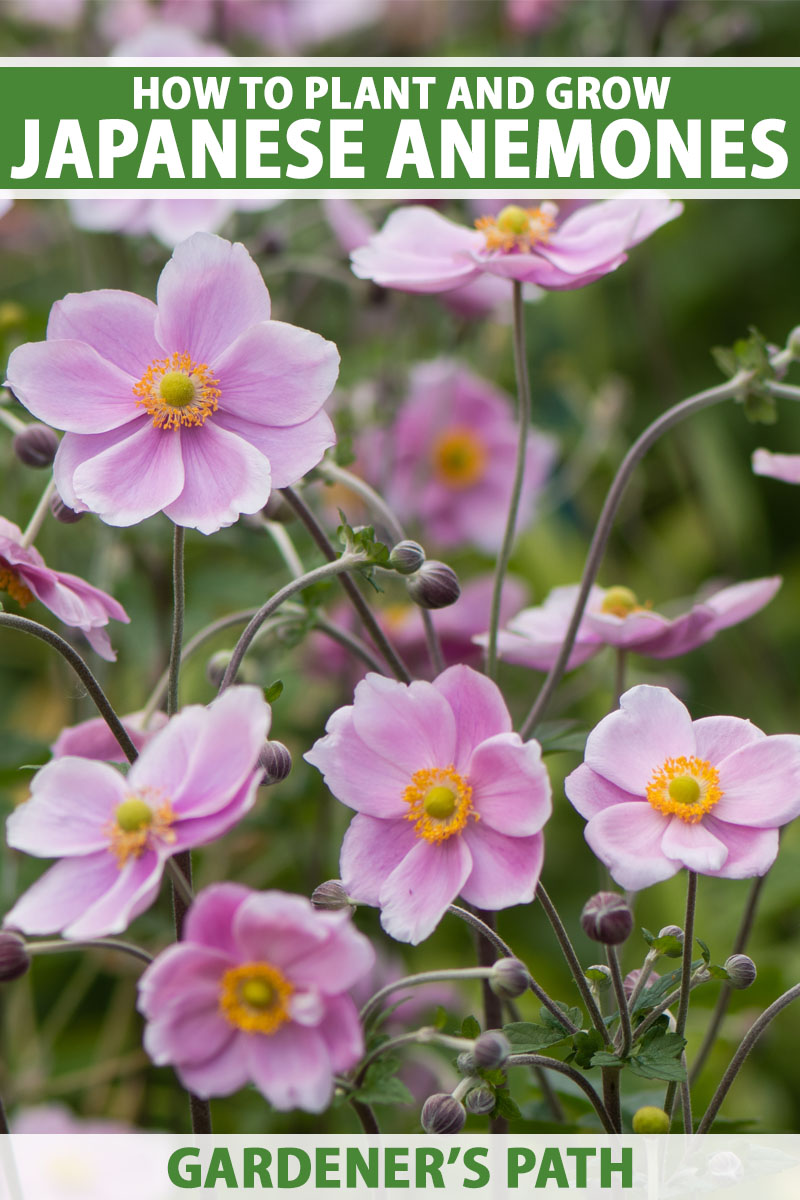How To Grow And Care For A Butterfly Weed Plant
As a farmer, you want to create a beautiful space for butterflies to thrive. One way to do that is by planting these four hardy plants in your Wisconsin butterfly garden. Not only are they resilient, but they also provide the perfect habitat for a wide range of butterfly species to call home.

Plant Attributes
The first plant that you should consider for your butterfly garden is Butterfly Weed (Asclepias tuberosa). This stunning bright orange plant is a favourite of Monarch butterflies, offering them nectar and a place to lay their eggs. As a hardy perennial, it can grow up to three feet tall and blooms in the summer months.
The next plant to consider is the Coneflower (Echinacea purpurea). This daisy-like flower is not only beautiful, but it is a hardy plant that can survive cold Wisconsin winters. It attracts both butterflies and bees to your garden and can grow up to five feet tall.
Another hardy perennial to consider is Black-eyed Susan (Rudbeckia hirta). This yellow flower with a brown centre is a staple in any butterfly garden. It attracts a host of butterfly species and is not only drought-tolerant but can withstand cool temperatures.
Finally, try planting Joe Pye Weed (Eupatorium maculatum). This particular plant offers butterflies nectar and a place to lay their eggs. It can grow up to seven feet tall and is a hardy perennial that blooms in late summer.
Plant Care
When it comes to caring for your plants, it's important to remember that different plants have different needs. Butterfly Weed and Coneflowers prefer well-drained soil and full sun, while Black-eyed Susans prefer well-drained soil but can tolerate partial shade. Joe Pye Weed prefers moist soil and can grow in both sun and shade.
It's also important to water your plants once a week during the hottest months of summer to prevent wilting.
Pruning
Pruning your plants is an important part of care. Remove spent blooms from your Coneflowers and Black-eyed Susans to encourage reblooming. Cut back your Joe Pye Weed by 1/3 of its height in the spring to encourage bushier growth.
Propagation
Propagation is the process of creating new plants from existing ones. Butterfly Weed and Coneflowers can be propagated through division in the spring, while Black-eyed Susans can be divided in the fall. Joe Pye Weed can be propagated through seed in the spring.
Potting & Repotting
If you choose to plant your butterfly garden in containers, it's important to use a good quality potting mix. Repot your plants every two years to ensure adequate root space.
Common Pests & Plant Disease
While these four plants are considered hardy, they can still fall prey to pests and disease. Spider mites can be a problem for Butterfly Weed, while Coneflowers can be prone to Leaf Spot. Black-eyed Susans can fall prey to Rust and Mildew, while Joe Pye Weed can be bothered by Japanese beetles.
Common Problems
If your plants start to wilt, it's usually due to underwatering. Check the soil moisture and water your plants as needed. Yellowing leaves can indicate overwatering or poor drainage. Ensure that your plants are getting adequate drainage and reduce watering frequency.
With these four hardy plants, your Wisconsin butterfly garden will be the envy of all your neighbours. Plant them in well-draining soil, give them adequate water and sunlight, practice good pruning habits, and keep an eye out for pests and disease, and you'll have a beautiful, thriving garden in no time.




Post a Comment for "How To Grow And Care For A Butterfly Weed Plant"